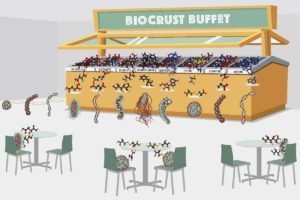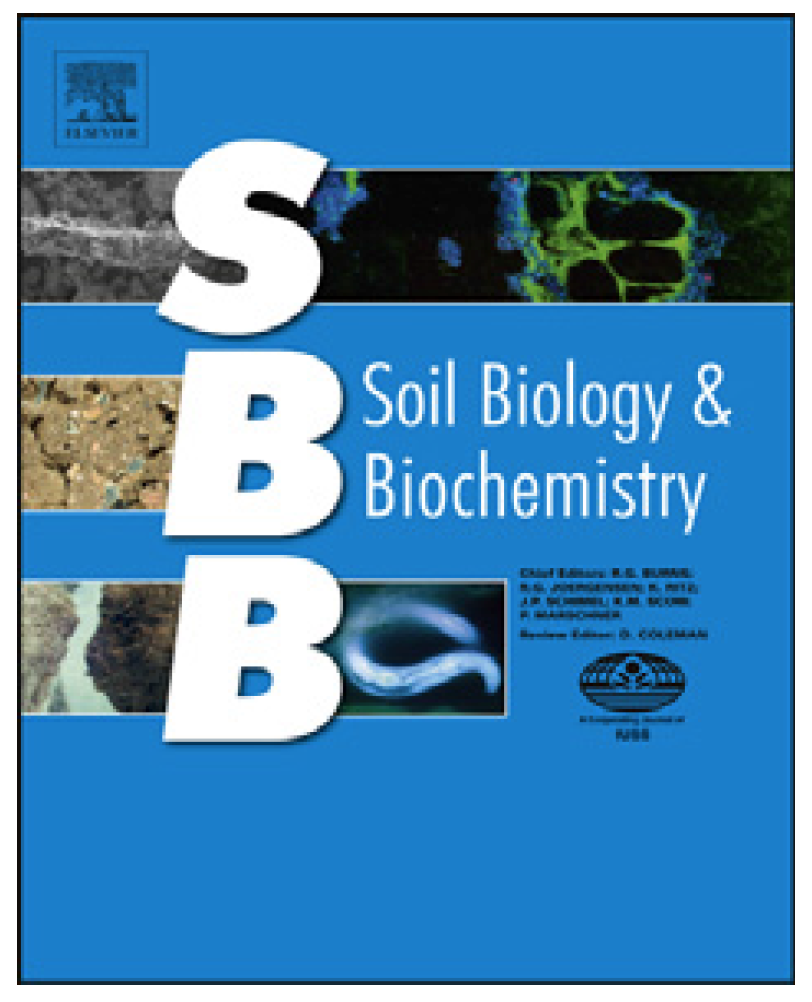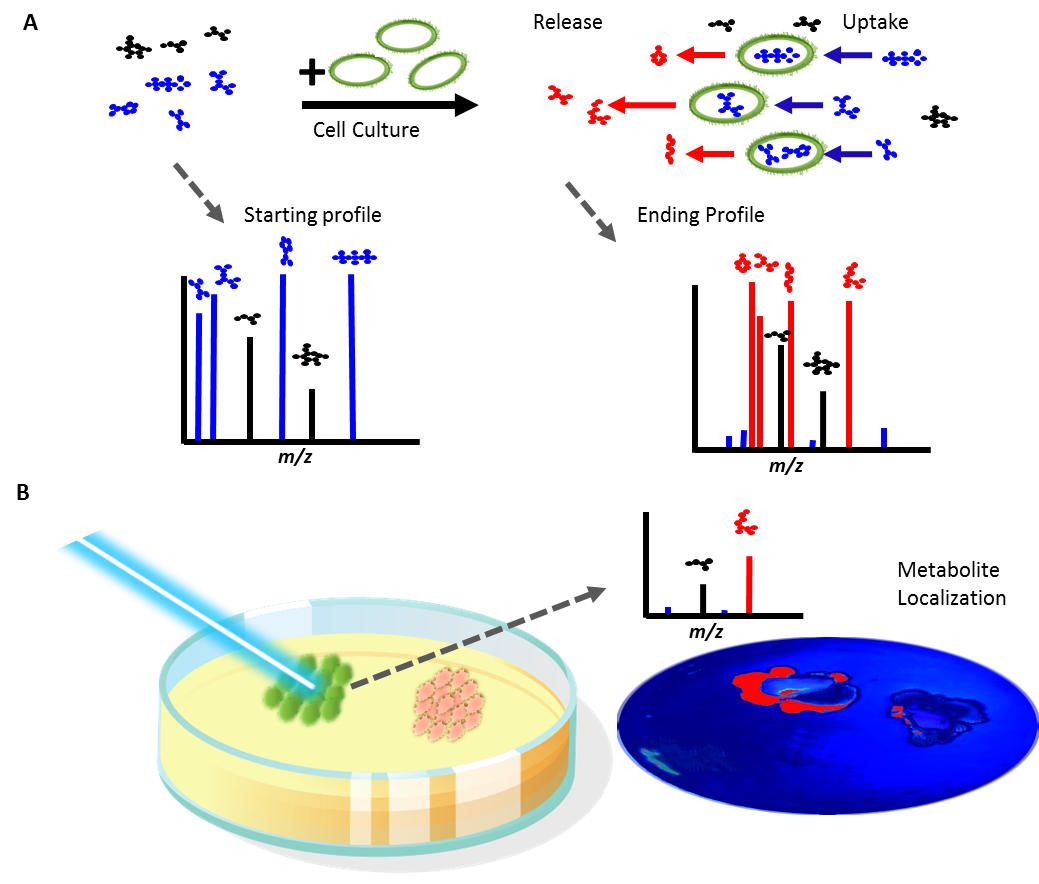Here we examine the exometabolite composition of desert biological soil crusts (biocrusts) and the substrate preferences of seven biocrust isolates. The biocrust’s main primary producer releases a diverse array of metabolites, and isolates of physically associated taxa use unique subsets of the complex metabolite pool. Individual isolates use only 13−26% of available metabolites, with only 2 out of 470 used by all and 40% not used by any. An extension of this approach to a mesophilic soil environment also reveals high levels of microbial substrate specialization. These results suggest that exometabolite niche partitioning may be an important factor in the maintenance of microbial diversity.
You may also like
Understanding microbial metabolite cycling in soils using novel metabolomics approaches Trent Northen, Staff Scientist Lawrence Berkeley National Laboratory Berkeley, CA To improve […]
The role that pharmaceutical antibiotics play within the producing organism has remained a largely unexplored field as the research focus has mainly […]
In this article we describe the development of a simple soil metabolomics workflow and a novel spike recovery approach for the analysis […]
Here we review exometabolomics approaches and applications to show how this simple technique can provide critical insights into phenotypes, cellular interactions and […]





